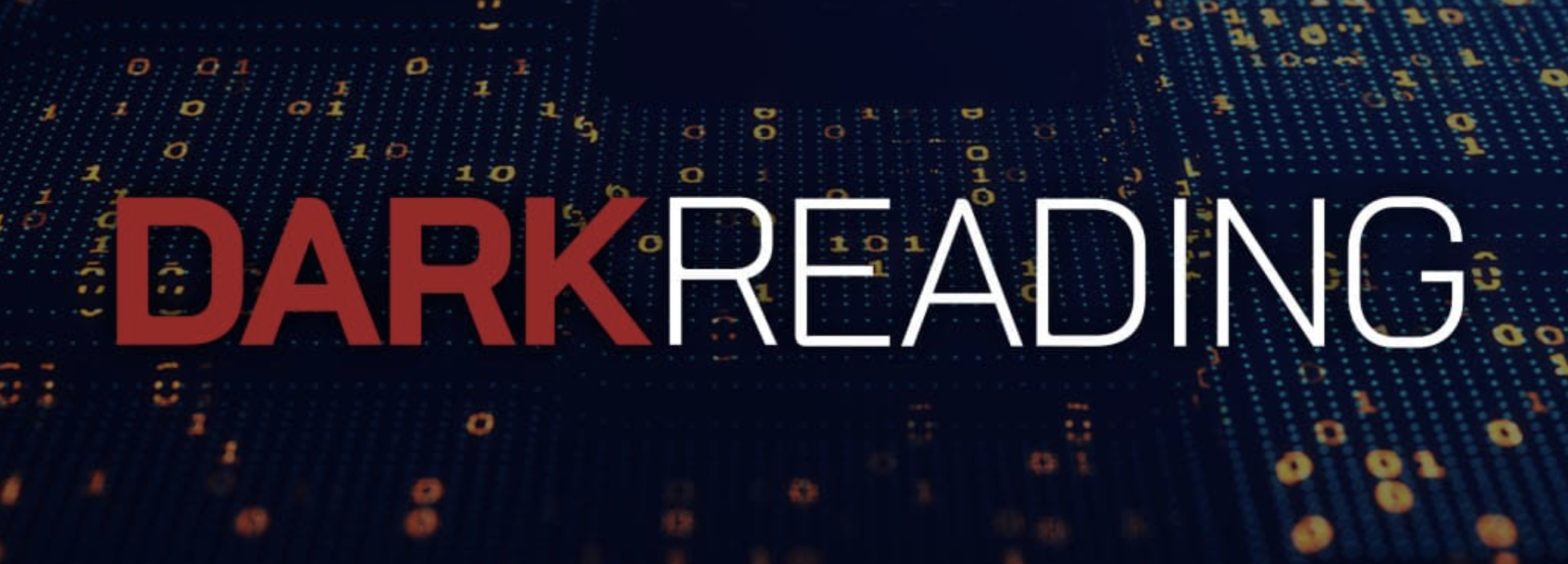
- 27 March, 2025
Beyond STIX: Next-Level Cyber-Threat Intelligence
While industry experts continue to analyze, interpret, and act on threat data, the complexity of cyber threats necessitates solutions that can quickly convert expert knowledge into machine-readable formats.
 Cybersecurity has become central to every enterprise’s digital strategy, but to stay ahead of evolving cyber threats, organizations need a common language that turns complex threat data into something universally understandable and actionable. This is where Structured Threat Information Expression (STIX) comes in — a standardized language for sharing, storing, and analyzing cyber threat intelligence.
Cybersecurity has become central to every enterprise’s digital strategy, but to stay ahead of evolving cyber threats, organizations need a common language that turns complex threat data into something universally understandable and actionable. This is where Structured Threat Information Expression (STIX) comes in — a standardized language for sharing, storing, and analyzing cyber threat intelligence.
However, simply organizing the data isn’t enough to fully understand or counter the sophisticated tactics used by today’s threat actors. As cyber threats evolve, traditional methods of identifying, cataloging, and responding to these threats struggle to keep pace.
As cyber threats become increasingly complex, relying solely on the original STIX 2.1 exchange language is no longer enough to combat them effectively. To stay ahead of evolving risks, organizations need a richer, more dynamic framework that goes beyond static data representation. This is where translating STIX data from its JSON format into the Web Ontology Language (OWL) and knowledge graphs becomes essential. Knowledge graphs offer a new level of semantic interoperability, enabling organizations to visualize, explore, and query the relationships and hierarchies between various threat entities.
Knowledge graphs create a living, contextualized view of cyber threats, transforming what was once just a collection of isolated data points into a comprehensive landscape of interconnected threats.
With a knowledge graph, security teams can effectively map an exploit target — such as the infamous Log4Shell vulnerability (CVE-2021-44228) — to specific threat actors who have leveraged it in past campaigns. This capability allows them to prioritize their responses by understanding the vulnerability itself and analyzing its exploitation history, identifying the most likely perpetrators, and assessing the associated risks. This holistic view empowers organizations to adopt a proactive stance against cyber threats, enhancing their overall security posture.
View the full article at Dark Reading.







